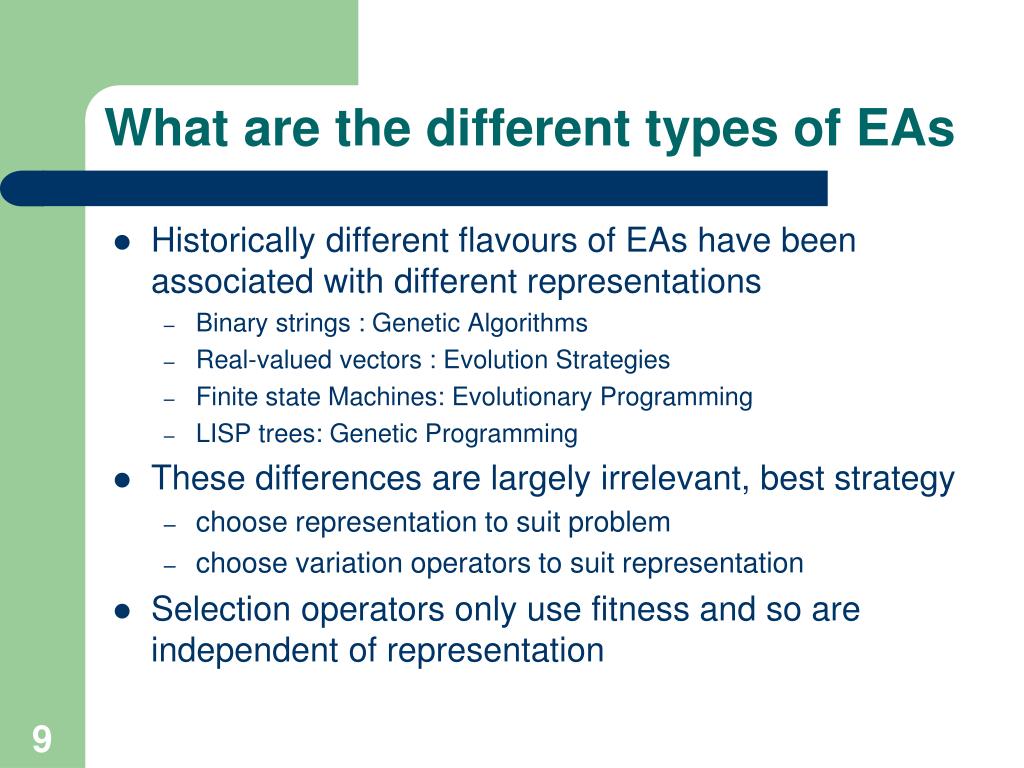EAS, Peas, And More: Decoding Alerts & Garden Goodness Now!
Have you ever considered the humble pea, that tiny green sphere often relegated to the side of a plate? It's time to reconsider, because this unassuming legume boasts a history as rich and a nutritional profile as impressive as any culinary darling. From its ancient origins in the Middle East to its pivotal role in global cuisine and even emergency communication systems, the pea deserves a spotlight.
The story of the pea is intertwined with the story of civilization itself. Pisum sativum, as it's scientifically known, traces its roots back to the Fertile Crescent, specifically the region encompassing modern-day Turkey and Iraq. Archaeological evidence suggests that the domestication of wild pea plants began as early as 7,000 to 6,000 BCE, coinciding with the dawn of agriculture. Carbonized pea remains discovered at Neolithic sites in this region indicate that these early peas were likely cultivated alongside other crops, serving as a valuable food source for burgeoning agricultural communities. For millennia, pea seeds have been a staple of various cuisines.
| Category | Information |
|---|---|
| Scientific Name | Pisum sativum |
| Origin | Middle East (Turkey & Iraq) |
| Domestication | 7,000 - 6,000 BCE |
| Family | Fabaceae (Legume, Bean, or Pea family) |
| Nutritional Benefits | Vitamin K, Fiber, Zinc |
| Culinary Uses | Soups, salads, side dishes, main courses |
| Growing Season | Cool weather (Spring or Fall) |
| Varieties | Snap Peas, Snow Peas, Shelling Peas (Garden Peas, Sweet Peas) |
| Soil Benefits | Legume - Good for the soil |
| Reference | Encyclopdia Britannica - Pea |
But the pea's significance extends beyond the culinary realm. In an unexpected twist, it intersects with the Emergency Alert System (EAS), a national warning system designed to disseminate critical information to the public during emergencies. While seemingly unrelated, the convergence of these two seemingly disparate entities highlights the diverse roles that even the simplest elements can play in our society.
In the United States, the Emergency Alert System (EAS) serves as a critical communication infrastructure. It is a national warning system designed to allow authorized officials to broadcast emergency alerts and warning messages to the public through a variety of channels. These channels include cable, satellite, and broadcast television, as well as AM, FM, and satellite radio. The EAS ensures that vital information reaches as many people as possible during times of crisis.
The EAS is activated through several methods, one of which involves the National Weather Service via NOAA Weather Radio. This allows for rapid dissemination of warnings related to life-threatening weather conditions or potential property damage. When severe weather is imminent, the EAS is triggered, sending alerts through broadcast TV and radio, satellite digital audio services, direct broadcast satellite providers, cable television systems, and wireless cable systems.
Originally conceived in 1997, the EAS was intended to provide a direct communication channel for the President to address the American people during a national emergency. This capability remains a crucial aspect of the system. The EAS is also an integral component of the Integrated Public Alert and Warning System (IPAWS), further solidifying its role in national security and public safety. The EAS is a national public warning system that mandates radio and TV broadcasters, cable TV providers, wireless cable systems, satellite operators, and wireline operators to provide the President with the ability to address the nation within 10 minutes during a national emergency.
- Costco Southlake Tx Electronics Tires More Find Deals Now
- Jims Burgers Eggs Reviews What You Need To Know
The EAS is also commonly used by state and local authorities to deliver important emergency information, such as weather alerts and AMBER Alerts, to affected communities. A typical EAS test message lasts approximately one minute and includes an audio announcement stating, "This is a test of the National Emergency Alert System." This system was developed through a collaborative effort between broadcast and cable operators, the Federal Emergency Management Agency (FEMA), the Federal Communications Commission (FCC), and local authorities. The goal is to ensure the public is informed and prepared during emergencies.
Now, let's circle back to the culinary marvel that is the pea. Peas, belonging to the family Fabaceae, have been a dietary cornerstone for millennia. These legumes are not only delicious but also packed with nutrients, including vitamin K, fiber, and zinc. They are incredibly versatile, finding their way into a myriad of dishes across various cuisines. From simple side dishes to hearty soups and stews, peas add a touch of sweetness and a burst of freshness to any meal.
Its important to note that "peas" encompass a variety of types, each with its unique flavor profile and culinary applications. Snap peas, snow peas, and shelling peas (also known as garden peas or sweet peas) each offer distinct characteristics. Snap peas, as the name suggests, have edible pods that can be enjoyed whole, offering a satisfying crunch and a subtly sweet flavor. Snow peas also have edible pods, but they are flatter and more delicate than snap peas. Shelling peas, on the other hand, require shelling to remove the peas from their pods. These peas are often sweeter and more tender than their podded counterparts.
Growing peas is a relatively straightforward process, making them a popular choice for home gardeners. They thrive in the cool weather of spring or fall. As legumes, peas contribute to soil health by fixing nitrogen, making them a beneficial addition to any garden. Whether you're a seasoned gardener or a novice, peas are an easy and rewarding vegetable to cultivate.
In conclusion, while the Emergency Alert System and the humble pea may seem worlds apart, they both play essential roles in our lives. The EAS safeguards our communities by providing timely warnings during emergencies, while the pea nourishes our bodies and enriches our culinary experiences. From national security to nutritional well-being, both contribute to a more secure and flavorful world.
Peas are one of the easiest vegetables to grow in your garden. They are typically ready to use in many kinds of dishes in the spring. Being legumes, they are good, not only to eat but also for the soil.
What are beans and peas? Beans and peas belong to the family fabaceae, commonly known as the legume, bean, or pea family.this family is one of the largest among flowering plants, consisting of over 19,000 species that are divided into three subfamilies:
For purposes of simplification, weve arranged them into the following three categories and given some common examples of beans in each:
Since the middle ages, pea seeds (pisum sativum) have been staples in cuisine.
Whether you enjoy fresh peas or split pea soup, it's time to discover what peas are and uncover some important varieties like snap peas and the english pea.
Next up in our best pea recipes:
This vegetable chowder has a vibrant green color and homey vibe, full of spring vegetables like green peas, potatoes, baby greens, chives, and mint.
- Brent Rivera Pierson Wodzynski Are They Dating Relationship Explored
- Nicole Scherzinger Lewis Hamilton Relationship Details More Explained

Lesson 10 What are EAs?

PPT Introduction to Evolutionary Algorithms Lecture 2 PowerPoint Presentation ID 2391818

What are EAS Tags? Electronic Article Surveillance Security in Retail